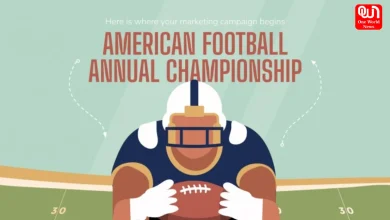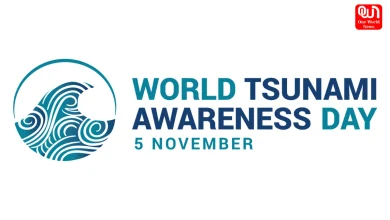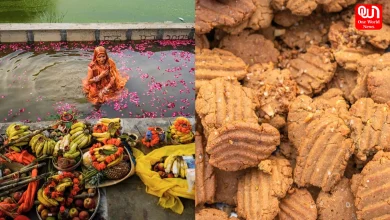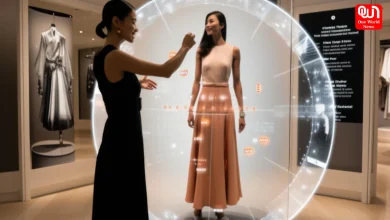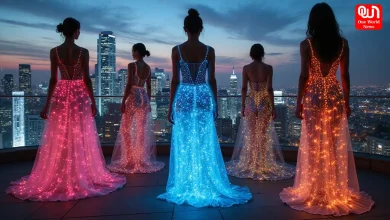What are Non-woven Bags and Face Shield – Uses and Benefits

Uses and Benefits of Non Woven Bags
Non-woven Bags are fast becoming one of the most popular types of reusable bags for retail use. There are many reasons and benefits to increasing popularity. It is made of non-woven polypropylene, or NWPP for short. Non-woven polypropylene bags are made by taking polypropylene polymer and twisting it into long threads and then pressing the threads together to get a flexible fabric that is textured. The structure creates a fabric that is breathable and washable.
Non Woven Bags and Face Shield
More importantly, non-woven polypropylene fabric is extremely durable and the color and texture of non-woven polypropylene bags can last for years. This will allow your users to use the bag repeatedly. Basically, your customer can reuse your branded reusable bag for years to come. By sending your customers home with non-woven polypropylene bags, you are launching a fleet of brand ambassadors for your company who are using reusable bags as per their requirement in their daily life.

Non-woven bags are cloth-like bags made of spun-bonded polypropylene (PP). The material is made by pressing the cross-hatched pattern to make it look woven. Very strong and lightweight. The non-woven bag is available in a range of vibrant colors. Reusable non-woven bags are a great way to promote your company and product. Customers will use these bags over and over again to promote your business. The Paper Bag Company has years of experience in manufacturing non woven bags and we can manufacture a wide range of stylish bags at competitive prices.
Non-woven is a fabric like material made of staple fiber and long fibers, which are bonded together by chemical, heat or solvent treatment. The term is used in the textile manufacturing industry to denote textiles, as it were, which are neither woven or woven. Some non-woven materials lack sufficient strength unless a backing is dense or strong. In recent years, non-woven polyurethane foam has become an alternative.
Read More- 5 different types of bags which will take your outfit to a new level
If you want best Non-woven bags in Singapore then talk to EasyPrint SG about your needs, they have an experienced design and marketing team who can help and advise you through design, production and shipping options.

Face Shield
The Face Shield is a type of personal protective equipment (PPE) designed to protect the wearer from certain hazards that may affect the face. Depending on the type used, the face shield can protect its wearer from physical hazards, energy or radiation, chemical sprays, or biological hazards. A typical facial shield consists of a headband that holds the shield over the wearer’s head, as well as a flat or curved barrier (shield) that prevents hazards from reaching the wearer. In many cases, the shield is attached to the headband by a hinge that enables the wearer to remove the shield from their face without removing it from their head.
The Benefits of Non-Woven Bags
Material
The material of non-woven bags is a sheet or web of polypropylene fibers. Through machine, thermal power, or chemistry methods, people join polypropylene fibers together. They are flat, unprotected sheets made directly from separate fibers.
Non-woven polypropylene is a very practical fabric. It is used in the manufacture of non-woven bags as it is strong and lightweight. From consumers, they can easily carry non-woven bags everywhere. Light weight means a cheaper price for shipment. In addition to non-woven bags, it is comfortable and soft enough to make surgical masks and gowns.
Eco-Friendly
Such benefits can be gauged when you compare non-woven polypropylene bags and plastic bags. Non-woven bags are reusable, reusable. Also, they are easy to clean. Elements of non-woven polypropylene bags mostly include 5 types of recycled plastics. Reusing and recycling bags can prevent soil contamination. When they are recycled, they can be made into new bags.
From an energy point of view, as we mentioned above, non-woven bags are not like woven bags.The methods we use to make non-woven bags save more energy than the methods we use. For the latter, we have to weave and weave the material from yarn to fabric. If woven bags can be more widely accepted, we believe that pollution can be reduced to a significant level.
Affordable
One reason for its cheapness is manufacturing efficiency. Unlike woven bags, non-woven bags can be made in less time and at a lower cost. In addition to its lightweight, shipment costs can be reduced. So in a word, the price between the non-woven bags will be less than the price between the woven bags. You also have to deal with the fact that different factories have different levels of processing, so finding a reliable manufacturer for a woven bag will be a major issue.
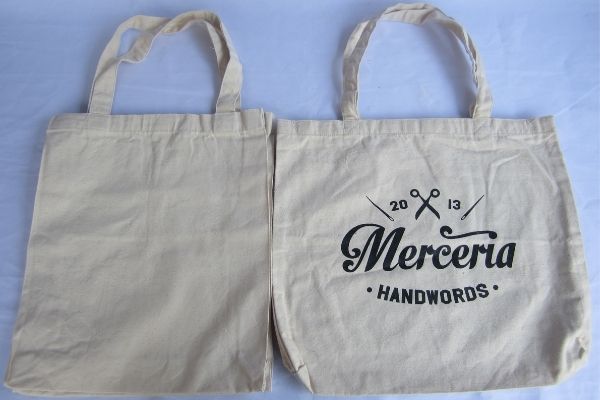
Good way for Advertisement
For business promotion, a non-woven polypropylene bag is a good choice. They can be made in different colors and printed with your company logo. If you want to be more creative, you can provide a reversible non woven polypropylene bag with two patterns on either side of the bag. Doing so can make your bag more attractive.
Read More- This city earns over a crore from garbage! How?
Uses of Non-Woven Fabric
The use of non-woven products continues to expand. Some uses of non-woven can be classified as disposable, durable consumer goods, and industrial materials. All of these areas are increasingly using this type of commercial equipment due to its low cost and suitability for many needs.
Disposable non-woven materials are made primarily for one-time use. But some, such as dusty clothes, can be washed and reused a few times.
Typical applications include personal hygiene products, such as diapers and sanitary napkins; Medical products such as surgical gowns and veils; Surgical and industrial masks, bandages, wipes and towels; bibs and even costumes for special occasions.
Durable nonwovens have wide applications. Consumer durables include both home furnishings and home furnishings, such as draperies, furniture upholstery, mattress padding, towels, tablecloths, blanket and carpet backing, and clothing and apparel, such as hats, linings, interlining, interfacing and other things, strong clothes.
Many industrial uses include filter, insulation, packing material, roadbed stabilization sheeting or road building material, geotextile and roofing products.

